High atop the craggy spine of Rocky Face Ridge in Whitfield County, Georgia, lies a single grave. The marble marker is simple, but the story behind it is anything but ordinary. Buried here is Private George Disney, a young English-born Kentuckian of the Confederate Orphan Brigade, who died in February 1864 under circumstances as haunting as they are poignant.
By the winter of 1863–64, Confederate General Joseph E. Johnston’s Army of Tennessee had settled around Dalton, Georgia, after retreating from Missionary Ridge. Rocky Face Ridge, with its sheer cliffs and commanding views, became a defensive stronghold. From its heights Confederate soldiers could watch Union forces gathering in the valley below, even as everyone knew Sherman was preparing his drive toward Atlanta.
Below is the Atlanta Campaign May-September 1864 overview map, with Rocky Face Ridge marked. This map was published by the Western and Atlantic Railroad published in 1887.
George Disney served in the 4th Kentucky Infantry, part of the famed Orphan Brigade. This brigade was composed of Kentuckians who had chosen to fight for the Confederacy, even though Kentucky officially remained in the Union. That split left them “orphans” of their state — cut off from home, often unable to return, and forced to make camp in far-off places like Georgia.
Despite that sense of exile, the Orphan Brigade became legendary. They fought fiercely at Shiloh, Vicksburg, Stones River, Chickamauga, and Missionary Ridge, earning both admiration and fear from friend and foe alike. Contemporary accounts describe them as high-spirited, “happy-go-lucky” young men who embraced danger almost recklessly, eager to prove their worth in every campaign.
Rocky Face Ridge can be seen in the middle of this map showing placement of troops during the Battle of Rocky Face.
In February 1864, Disney’s regiment was ordered to man an unusual but vital assignment. To monitor Federal activity in the valley, the 4th Kentucky created a “living telegraph line”: soldiers stationed at intervals from the base of the ridge to its summit, each man repeating the message to the next.
It was communication at its simplest — and most ingenious. Telegraph wires couldn’t reach the craggy heights of Rocky Face Ridge, so the Confederates turned men into signal posts. From the crest, observers could watch Union troop movements, then pass the information down the chain to Johnston’s headquarters at Dalton. Reports suggest the system “worked like a charm.”
But it was dangerous duty. The men were exposed on steep, rocky slopes, easy targets for sharpshooters or stray shots from the valley below. Disney was one of the unlucky ones.
This schematic shows the situation on Rocky Face Ridge in February 1864.
The brown ridge line marks Rocky Face. Union camps/artillery are shown in the valley below. The red dotted relay line illustrates the “living telegraph,” with arrows showing messages passed down the slope. George Disney’s position is highlighted at the summit.
On the morning of February 25, 1864, Disney awoke atop the ridge. According to the regimental history, he stretched and yawned — and in that instant, a stray Union bullet entered his open mouth, exiting through the back of his head. He collapsed without ever knowing what struck him.
His comrades buried him where he fell. Unlike most Civil War soldiers interred in mass cemeteries, Disney’s grave remained isolated, perched hundreds of feet above the valley, a solitary sentinel overlooking the battlefield.
Nearly fifty years later, in 1911, Dalton Boy Scouts stumbled upon his lonely grave while hiking. Guided by Scoutmaster William M. Sapp, they raised funds for a marble headstone, which they carried up the mountain themselves. On May 13, 1912, with Confederate and Union flags flying together, the Scouts dedicated the new marker — honoring not just Disney, but the memory of all who had served.
In 2019, the original headstone placed on Disney’s grave by the Boy Scouts was broken by vandals. A group of local citizens worked together with the Sons of Confederate Veterans and the Whitfield-Murray Historical Society to replace the marker and make other improvements. Today, the replacement marker lies flat making it more difficult to vandalize in the future. More details can be found at George Disney’s Find-A-Grave page here.
Today, hikers can reach the site along the George Disney Trail, one of the most challenging short hikes in Georgia. The trail climbs steep, rocky terrain before cresting the ridge where Disney’s grave still overlooks the valley. For those who reach the top, the view across the Atlanta Campaign’s opening battlefield is breathtaking — and sobering.
George Disney’s story is more than an odd footnote. It reminds us that the Civil War was not only fought in sweeping battles, but also in the small acts of endurance, communication, and duty carried out in lonely places. His death highlights the dangers of even seemingly mundane assignments, like carrying a message or standing watch.
The Orphan Brigade’s name speaks to displacement and sacrifice. The living telegraph line speaks to the ingenuity and desperation of wartime communication. And Disney’s grave amid the wilderness stands as a monument to both.
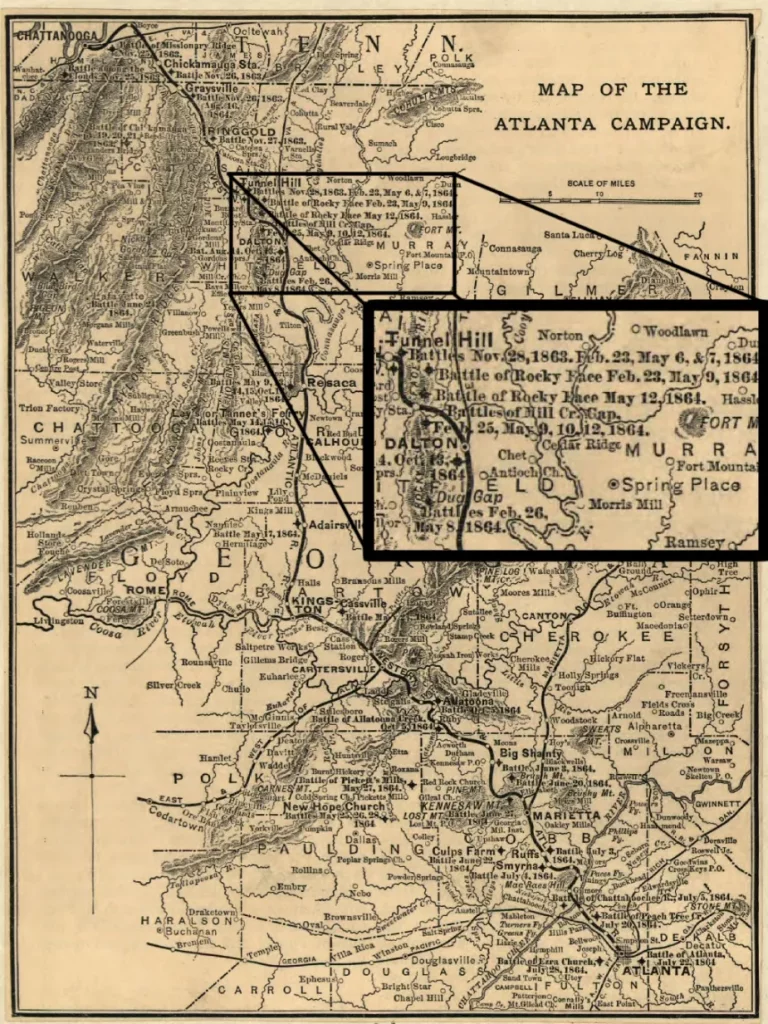
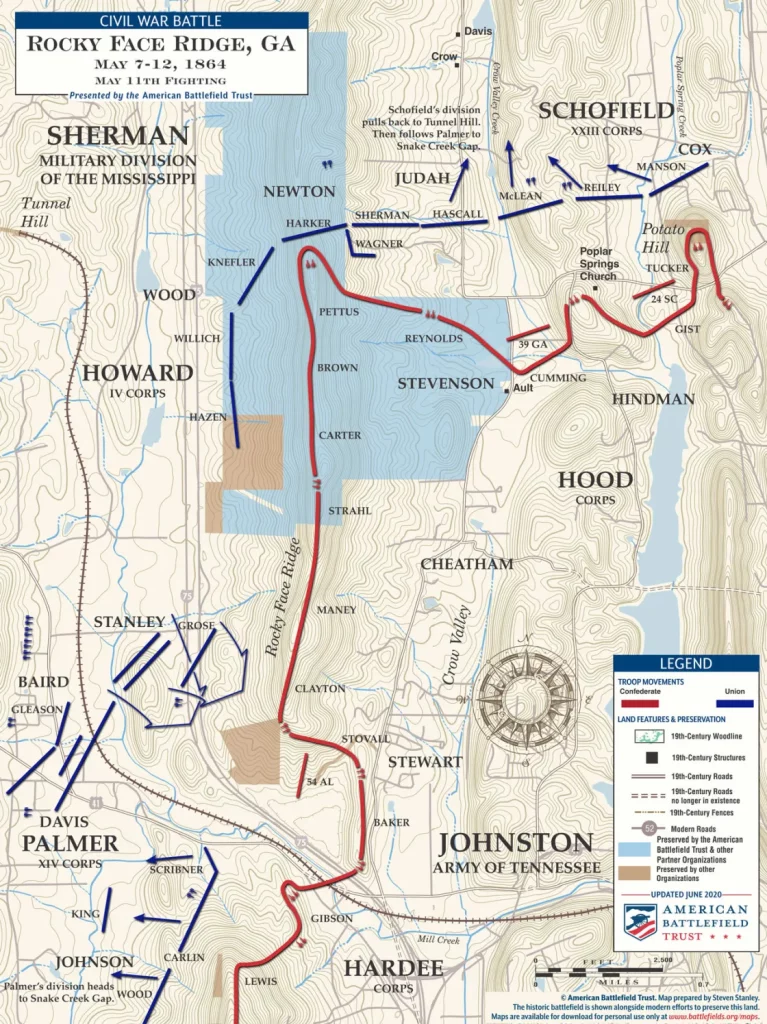
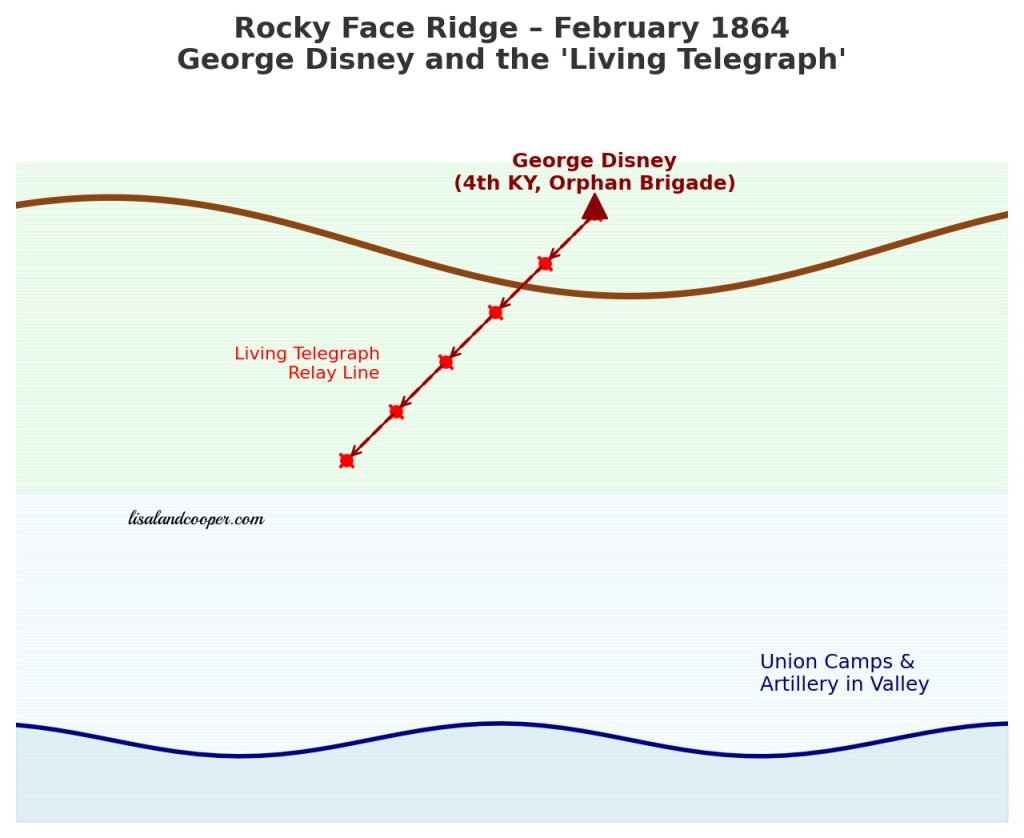
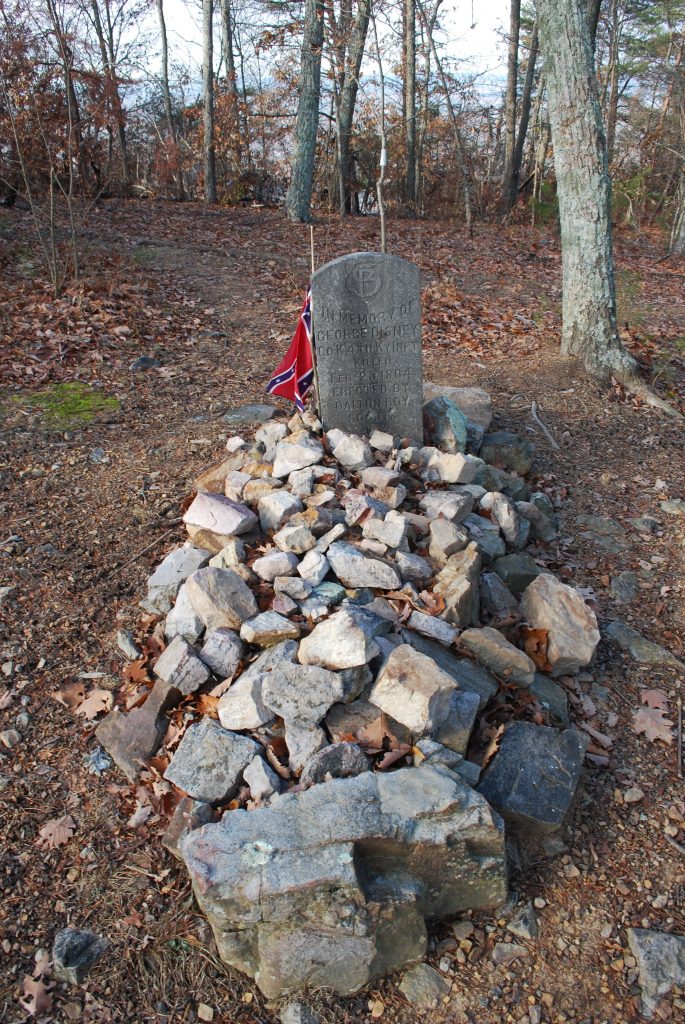
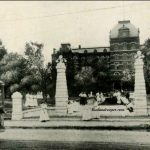
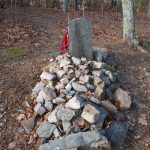
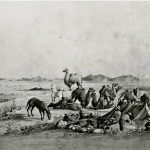
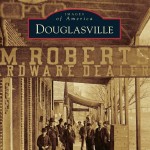
Leave a Reply